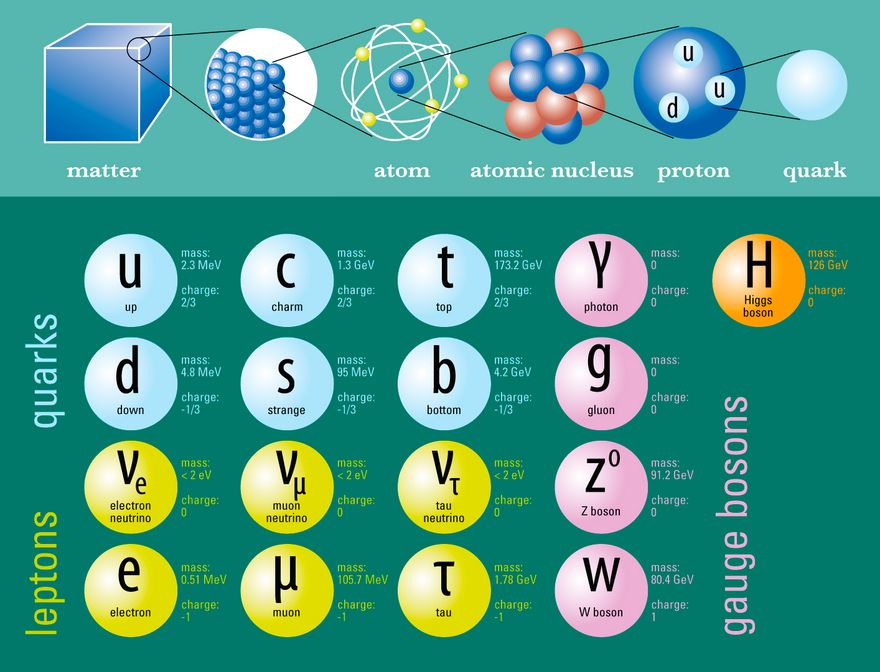Our research
What is the universe made of? Why is there matter but no antimatter? What is dark matter, what is dark energy? How can the physics of black holes or supernovae be explained?
These are the major research topics that scientists at the MPP are working on. We still know very little about the universe. So far, we only have reliable knowledge about visible matter, which makes up only five percent of the universe: atoms, molecules, stars and galaxies.
Ninety-five percent of the universe is still in the dark - literally: Scientists assume that there are other, non-visible forms of matter and energy, which are therefore referred to as "dark".
To shed light on this darkness, our physicists are investigating the smallest building blocks of our universe: elementary particles that form matter and interact with each other. The framework of this research is the Standard Model of particle physics.
It contains the particle families known so far and the forces that act between the particles. The latest addition to the family is the Higgs boson, which gives mass to other elementary particles.

Searching for “new particle physics”
The Standard Model can conclusively explain the known part of the universe, i.e. five percent of it. But it leaves many questions, such as those relating to antimatter, dark matter or dark energy, unanswered.
Celestial objects such as supernovas, neutron stars or black holes also pose mysteries for us: How do they form and evolve? What is the release mechanism for the huge amounts of energy which we can observe with telescopes? These questions could also be answered by a physics which goes beyond the Standard Model.
Our scientists are searching for this “new physics”. Theoretical physics works with mathematical models that are based on quantum mechanics. It includes phenomenological studies as well as the further development of current theories from astroparticle physics or cosmology. A special significance is afforded here to string theory, which allows two previously irreconcilable concepts to be unified: The General Theory of Relativity and quantum physics.
Experimental physicists, in contrast, put their faith in innovative technologies and instruments to track down unknown particles and interactions. Examples are experiments on accelerators and high-sensitivity detectors, which can unearth rare particles and decays.